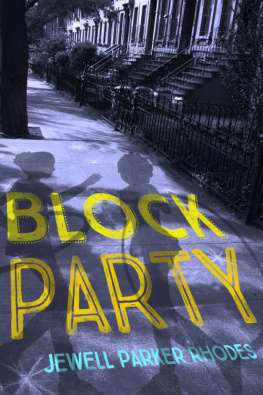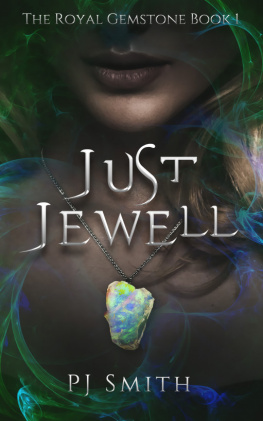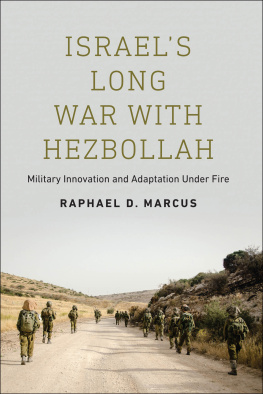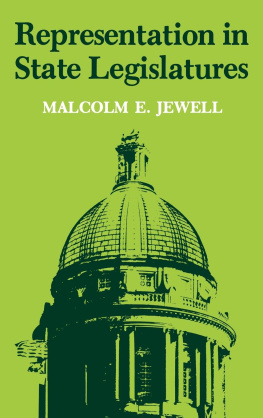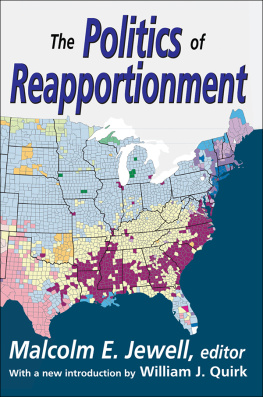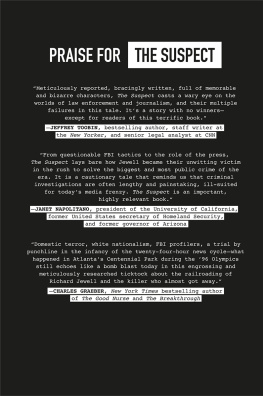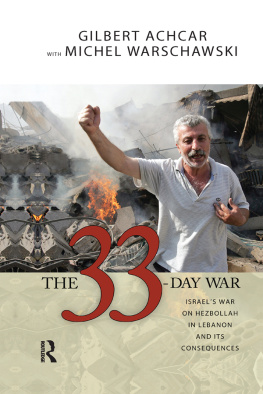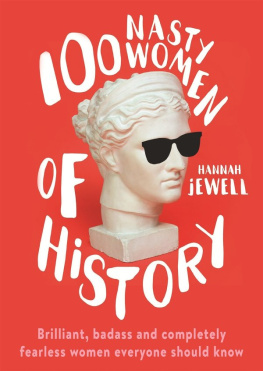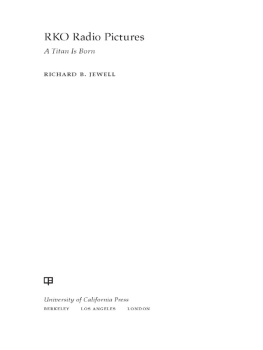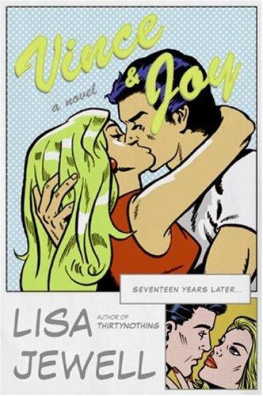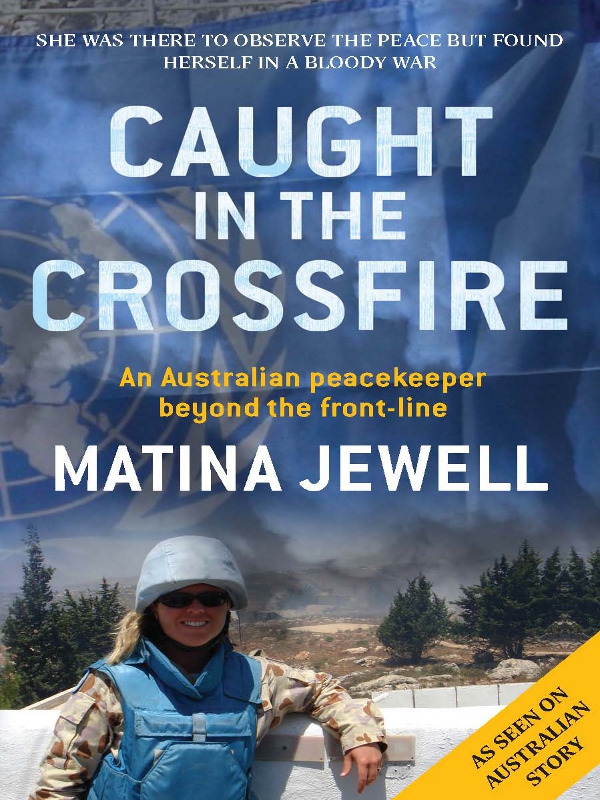
CAUGHT
IN THE
CROSSFIRE
WATCH VIDEOS OF MATINAS WARTIME EXPERIENCES WHILE YOU READ

Caught in the Crossfire trailer
http://www.youtube.com/matinajewell
Download the free reader at get.beetagg.com
QR Codes like the one above are placed throughout this book to bring videos
taken during Matinas posting in the Middle East directly to your phone.
To watch these videos, simply download the free QR Code scanner at
http://get.beetagg.com/en/qr-reader/download
Then hold your phones camera a few inches away from the QR Code images
and youll immediately be taken into the action.
Tag the QR Code above to watch the book trailer.
Or you can visit Matina Jewells YouTube channel at
http://www.youtube.com/matinajewell
CAUGHT
IN THE
CROSSFIRE
An Australian peacekeeper
beyond the front-line
MATINA JEWELL

Published by Allen & Unwin in 2011
Copyright Matina Jewell 2011
All rights reserved. No part of this book may be reproduced or transmitted in any form or by any means, electronic or mechanical, including photocopying, recording or by any information storage and retrieval system, without prior permission in writing from the publisher. The Australian Copyright Act 1968 (the Act) allows a maximum of one chapter or 10 per cent of this book, whichever is the greater, to be photocopied by any educational institution for its educational purposes provided that the educational institution (or body that administers it) has given a remuneration notice to Copyright Agency Limited (CAL) under the Act.
Allen & Unwin
Sydney, Melbourne, Auckland, London
83 Alexander Street
Crows Nest NSW 2065
Australia
| Phone: | (61 2) 8425 0100 |
| Fax: | (61 2) 9906 2218 |
| Email: | info@allenandunwin.com |
| Web: | www.allenandunwin.com |
Cataloguing-in-Publication details are available
from the National Library of Australia
www.trove.nla.gov.au
ISBN 978 1 74237 567 0
Map by Guy Holt
Set in 12/16 pt Bembo by Bookhouse, Sydney
Printed and bound in Australia by Griffin Press
10 9 8 7 6 5 4 3 2 1

Contents
For my team-mates, my brothers: Wolf, Big Mack,
Du and Hans-Peter
Part of the proceeds from this book will be donated to the Khiam
Memorial fund, which has been established by the Podmore
Foundation to help educate young Indigenous Australians.
The Podmore Foundation is committed to returning opportunity
to young people who may need mentors and role models as well as
financial support. It provides a vehicle to give back to the community.
For more information on the Podmore Foundation or to make a
donation visit: www.podmorefoundation.org.au
K nowing whats coming, I put on my sky-blue UN armoured vest and helmet. My team-mates laugh and joke about how cute I look in my little blue armoured suit. But after the first 1000-pound aerial bomb hits a nearby town seconds later, smashing buildings apart, the mockers scramble for their own flak jackets and helmets.
Its my turn to joke now, as they frantically put on their body armour behind the parapet of the observation platform, which, though made of reinforced concrete, would be no match for a direct hit. Our excitement and fear grow. Adrenaline is pumping through our bodies, making our voices high-pitched and speech rapid.
The Israeli artillery batteries open up from the Golan Heights. Crump-crump-crump! They are after the Hezbollah headquarters and other bases in and around the town of El Khiam. We are in their line of fire. Freight-train sounds crack overhead and thenKaboom-kaboom-kaboom!the town is ripped up. I cringe at the thought of hot metal flying into buildings, cars and people.
The artillery barrage continues for twenty minutes and then it stops. Silence. Time freezes. The artillery lifts to allow an Israeli fighter jet to fly in on its bombing run. Lethal load inbound. Then in slow motionat eye level from me, just a cricket pitch distance awaycomes a massive 1000-pound laser-guided aerial bomb. With its fins out, it glides smoothly and relentlessly to its target only 75 metres behind our observation post.
We dive for cover. Instinctively tucking our bodies up into self-preservation positions on the deck behind the ramparts, my team-mates and I await our fate. There is an ear-splitting explosion as the bomb hits the Hezbollah bunker, right on target.
A compression blast rocks our observation deck like an earthquake and an enormous fireball ignites above our heads. Large pieces of steel shrapnel, chunks of concrete and metal reinforcement crash into our compound and bounce back into the sky as I bury my head between my knees. I pray that a big piece of debris doesnt fall on me.
The chunks of metal and concrete and clods of dirt continue to fall around us. Clunk! Thud! They rain downbig bits and small bits. The air is stained with dust and smoke. I wait for a cry of agony, as something heavy smashes an exposed arm or legor worse. I hope that it will not be my own cry for help.
Suddenly the noise stops and my ears are ringing. Wolf s voice breaks through: Bunker! Bunker! Go! Go! Go! The five of us run towards the spiral stairs that lead down to our underground bunker.
And so, on 12 July 2006, began another ordeal in a military career that had already had its trials and adventures. When I graduated from the Royal Military College Duntroon in 1997, I could never have imagined the operations I would become involved in, both in the Solomon Islands and the North Arabian Gulf. Or that, nine years later, I would be running for my life in southern Lebanon as a member of a team of bright-blue peacekeepersunarmed sitting ducks in the middle of a war.
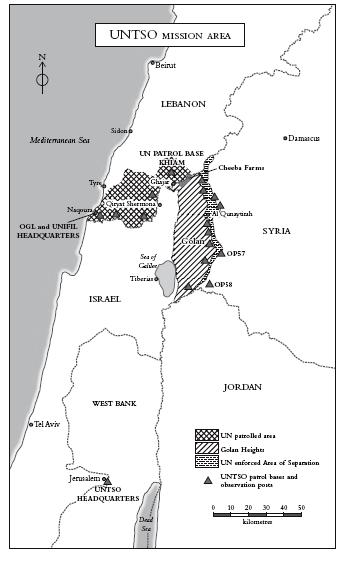
I n August 2004 I received a phone call from Major Ian Ford, my army careers advisor, telling me that the Australian Army had selected me for a prestigious role with the United Nations. This was an amazing and unexpected opportunity for me to serve as a peacekeeperor a United Nations Military Observer (UNMO), as the role is more formally describedin the Middle East for twelve months.
In my seven years since graduating from Duntroon, I had, first as a lieutenant and then as a captain, been posted to Perth, Sydney, the Solomons and the Middle East. I had worked with the Australian Army, Navy, Air Force and Federal Police, as well as with the military forces of our allies. I was now 28 years old; it was expected that I would complete two more years as a captain before being promoted to the rank of major. I could not think of a better final posting as a captain than working for the UN as a peacekeeper in the troubled Middle East.
Next page

